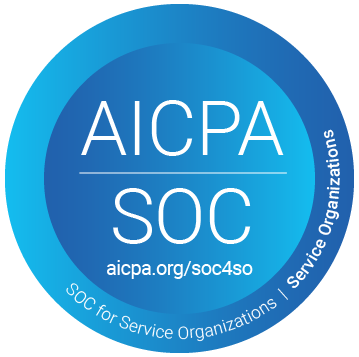Why are Certificates of Insurance a Requirement?
If your business is going to collaborate with a contractor or third party, it is critical to ensure that they do not introduce any additional financial risks.
To remain safe, companies must verify insurance coverage from all third parties involved in a project.
The presentation of this evidence for insurance coverage can follow a couple of approaches.
- Distribute the insurance policy; making thousands of copies and delivering them to vendors. This method can be slow and time-consuming.
- An alternative solution is a certificate of insurance, often abbreviated as COI. This certificate serves as a condensed rendition of an insurance policy. It’s an official legal document issued by the third party’s insurance provider, supplying you with the essential information needed to ascertain the extent of third-party safeguards.
Why Do Companies Ask for Certificates of Insurance?
Certificates of insurance are proof that the certificate holder owns an insurance policy. They act as a guarantee to protect project owners against liability
Companies usually request certificates of insurance for two primary reasons:
- Risk Mitigation: By requiring proof of insurance coverage, companies can ensure that they are not held responsible for any unforeseen incidents that might occur during the course of the partnership.
- Verification of Adequate Insurance Coverage: The most important reason is to ensure that the third party has the appropriate insurance coverage.
- Mitigation of Financial Vulnerability: Another significant purpose is to safeguard their own business from avoidable financial burdens in case an unforeseen incident occurs, potentially leading to a claim.
- Compliance: In certain industries and sectors, having insurance coverage is mandatory for conducting business. Companies must adhere to legal and regulatory requirements, and a Certificate of Insurance serves as evidence of compliance.
- Contractual Obligations: Many business contracts and agreements stipulate the need for insurance coverage. This requirement ensures that both parties are adequately protected should any disputes or claims arise during the contract’s duration.
A Certificate of Insurance is a strategic decision
In conclusion, the requirement for a Certificate of Insurance is not just a formality but a strategic decision that underlines a company’s commitment to risk management and responsible business conduct. By demanding proof of insurance coverage, companies can safeguard their interests, protect their assets, and foster trust in their business relationships. It’s a tangible investment in a secure and resilient business future.
But when you think about it, it could become a paper-induced nightmare. A regular construction project would involve more than a thousand certificates. It’s humanly impossible to keep track of so many certificates while being aware of policies, requirements, and compliance levels in general.
So, how do you deal with the huge number of requirements for each project, while keeping track of regulatory compliance? Digital certificates and certificates of insurance certificate management software.
How does insurance certificate management software work?
Insurance Certificate management software was created with the idea of simplifying the overarching process. What it does is store in the system all the certificates an insurer needs. At the same time, it’s useful to easily keep track of compliance, therefore reducing liability significantly. Why? Because it enables easier access to analytics, reports, dashboards, and other useful insights that highlight where compliance can be improved.
Certificate of Insurance tracking systems work by:
- Adding all your clients or customers to the system
- Adding their compliance requirements which can be categorized either by client, by project or by group of requirements
- Uploading current certificates of insurance or policies, using OCR capabilities if available
- Reviewing compliance rates
- Identify requirements and vendors who aren’t 100% compliant with the work you’re doing.
By creating a digital environment, certificate of insurance tracking becomes more streamlined and therefore more efficient. In addition, there are many benefits to having a comprehensive insurance certificate management system.
How are Certificates of Insurance Requirements tackled with SmartCompliance?
Managing certificates of insurance can be a daunting task. The manual collection, verification, and storage of these documents can quickly become time-consuming and error-prone. This is where our modern solutions step in to revolutionize the process.
SmartCompliance offers a smarter way. By embracing this software solution, you can:
- Save Time: Bid farewell to manual data entry and verification. SmartCompliance automates tasks, allowing you to focus on strategic initiatives.
- Reduce Risk: Ensure that all your partners maintain the required insurance coverage, minimizing potential liabilities.
- Stay Organized: Access all your certificates in one secure online hub, eliminating the hassle of searching through files.
- Enhance Compliance: Receive alerts for expiring policies and maintain compliance with contractual obligations.
- Automate the tracking process: SmartCompliance brings Optical Character Recognition and centralized communications to the table, combined with automated workflows to simplify COI management.
Empower your organizations to manage regulatory requirements efficiently, reduce risks, and uphold ethical business practices, allowing your Team to focus on their core objectives confidently.
Step into the future of risk management with SmartCompliance. Experience the difference in a click, request a demo today.


